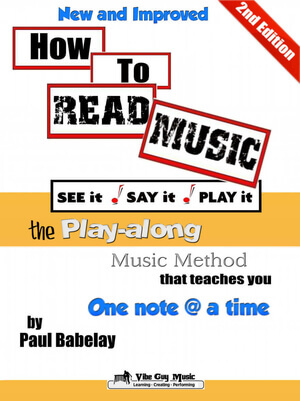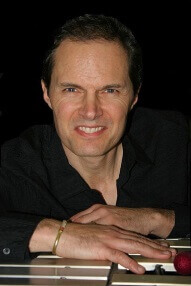How To Read Music

Module 1: Prepare to Succeed
Welcome
Thank you for allowing me to be part of your musical journey. I don’t know where you are in the process, or what your musical dreams are, but I hope this course helps you achieve everything you want…
Introduction: How to Read Music - SEE it, SAY it, PLAY it
Learning how to read music should be a natural process of seeing, hearing, imitating and saying the basic vocabulary of music – just as you learned to speak and read your own language…
Having a Mentor
My father taught thousands of people how to read music. He was a band director, respected and admired by students and fellow teachers for his ability to teach and mentor young musicians…
How to Practice
Music has so many elements to learn – Rhythm, Melody, Harmony, Form, Dynamics, Tone, Expression, Styles, etc… it can seem like a life-long study that will never be finished…
Mental Checklist
This is a 5-step process to help you define your goals and accomplish them. It can help you stay on task and always work on the Basic Elements…
Practice Routine Chart
I would suggest you print this chart as you are learning to practice. Mark it up however you need because it is your personal journal for achievments, problems, goals and honest assessment…
A Word to the Wise
Learning how to read music is fun and rewarding, but like any goal or dream, it won’t happen overnight. Be patient…

Paul Babelay
Instructor
(aka “The Vibe Guy”) is an American vibraphonist, percussionist, drummer and composer. Ray Hair, President of the American Federation of Musicians says, “I would categorize his musicianship and performance ability to rate among the top five (5) percent of all professional musicians throughout the United States and Canada”.

